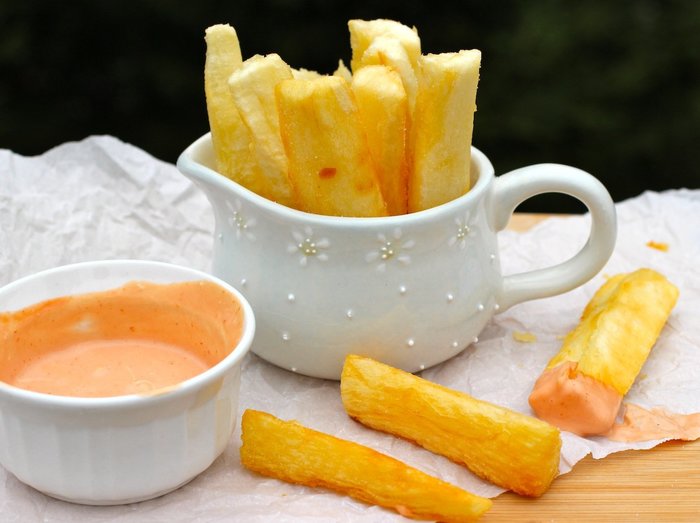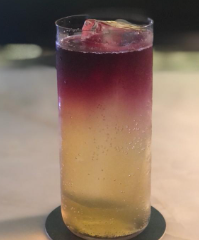General
Yuca(n) or Yuca(nt)
First and foremost let’s clarify the difference between ‘yuca’ (pronounced as ‘yoo-ka) and ‘yucca’ (pronounced as ‘yucka’). Both are extremely different; one is a starchy root and the other is a fruit bearing plant in the Asparagaceae family. Yuca is also known as cassava and in India it is more commonly known as tapioca or kuchik kilangu. I see some recognition dawning in your eyes now! Yuca is commonly consumed in the southern states of India as well as Assam where it is a rich source of carbohydrates.
Here is why yuca is becoming so popular.
- Yuca is very low in fats and protein than you would find in cereals and pulses.
- It is gluten-free and is used in foods for people diagnosed with celiac disease.
- Never eat yuca raw. The root contains cyanide which can be evaporated by first peeling the skin and then boiling the root in salt/vinegar water for 20-30 minutes or till it turns a beige colour.

- Yuca comes in two kinds, sweet and bitter. The classification varies on the amount of toxins. We mostly find the sweeter variety because those are the ones that contain less toxins and are easy to prepare.
- The root has a waxy bark finish and is almost always pretty longer and bigger than most tube roots. You have to cut off the bark with a sharp knife, careful to not puncture the skin because if you do the root is rendered useless because of the cyanide that forms.
- Yuca roots have a very short shelf life. Consume it as soon as you buy it and if you have to store it boil it and cut it into pieces and freeze in zip lock bags. Even then, you will have to consume these roots within a couple of weeks.
- Do not consume the root if it has pink flesh. Always buy an extra root just in case.
The drawbacks of this root are that you have to acquire a taste for this preparation and it contains more fat than potatoes. The cooked yuca can be chewy and not everyone can appreciate a chewy, buttery sweet tuber.





















